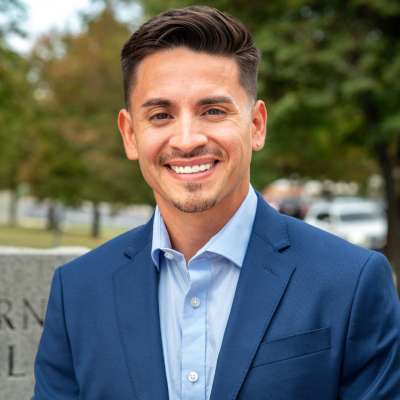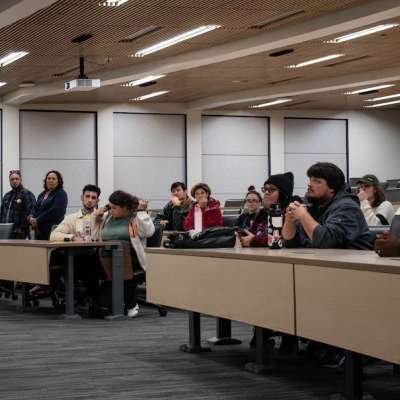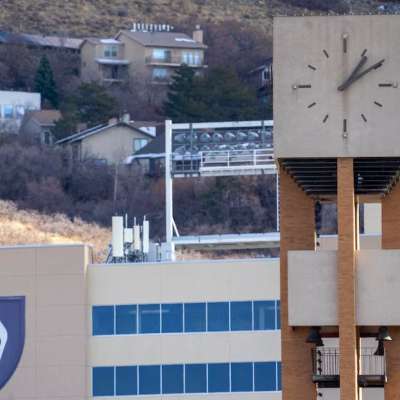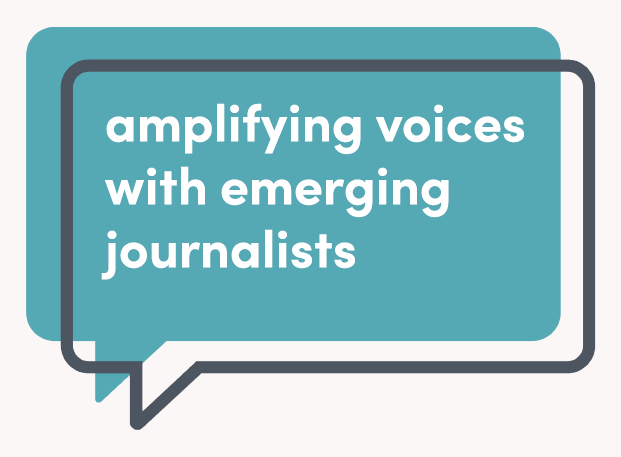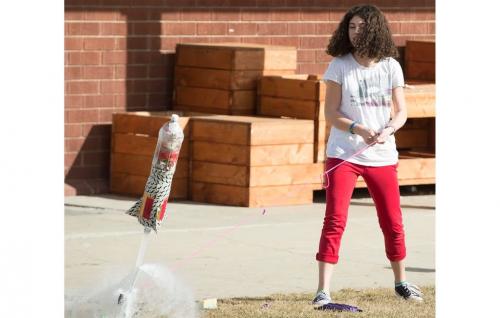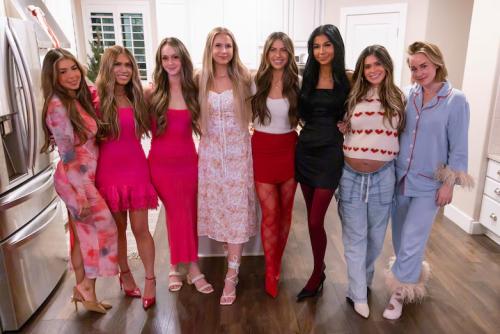Libraries at Utah’s colleges and universities, like many businesses throughout the country, have felt the impact of COVID-19 on its workforce over the last two years.
Some — including libraries at Salt Lake Community College and University of Utah — have remained partially open throughout the pandemic, providing services for students and community members such as internet access and laptops. But keeping staff has been a challenge.
“We’re running a bare-bones crew here, so if somebody’s been exposed but has no symptoms and can’t get a test, [I ask myself] ‘Can I let this person work?’” said Angela Beatie, assistant director of library public services at SLCC.
In March 2020, at the start of the pandemic, three of SLCC’s four campus libraries — Jordan, Miller and South City — were closed until June 2020. They reopened, with shortened hours, through August 2021. Then the Omicron variant surge hit.
For the past two months, Beatie said she starts every day asking herself, “How many people are going to be out sick today?”
Since December, more of SLCC’s library staff have tested positive for COVID-19, forcing them to be out for three to 12 days at a time. The increase in cases and exposures, Beatie said, has led to one-on-one discussions about what to do — because of the need to have employees work in-person.
The University of Utah’s J. Willard Marriott Library, meanwhile, was closed from April through June of 2020. During that time, onsite employees worked with students and patrons on research requests over Zoom and mailed out books, laptops and other materials, said Melanie Hawks, assistant dean for Equity, Diversity and Inclusion and director of Library Human Resources.
The Marriott library reopened in June 2020, under shorter hours, through August 2021 — when the library returned to its pre-pandemic schedule.
Early in the pandemic, the library staff made contingency plans to address potential staffing shortages, Hawks said — but the library has not had to put those plans in action.
Hawks said employees “have been able to maintain our service levels despite any absences due to illness or isolation/quarantine requirements.”
Staffing struggles
Jon Glenn, director of SLCC library services, said that even before the pandemic, his school’s libraries were having difficulty hiring and retaining people in some positions, such as evening and weekend shifts.
Beatie, who worked at three Kansas schools before arriving in Utah, said she was surprised by the number of part-time positions — which are less stable than full-time jobs — at SLCC’s libraries.
“We rely a lot on part-time employees, and we’re having trouble getting them and holding on to them,” she said.
Beatie oversees three full-time and 25 part-time employees — all important, she said, to keeping SLCC’s four campus libraries functioning. (Another 11 part-time employees also work in SLCC’s library system, under other supervisors.)
“A lot of the positions I hire for don’t require previous work experience or an associate degree,” Beatie said. “So, we’re competing with a very broad market as opposed to more specialized positions that you need a lot of education or experience for.”
At the Marriott library, part-time positions are reserved for students which, Hawks said, means higher turnover in those positions as students balance other priorities like courses and family life or graduate.
Better pay elsewhere
As the pandemic, and its economic effects, continued, Glenn said, many SLCC employees put in their notice.
“People started leaving for better paying jobs, or just because it had become too stressful to work on the frontlines with a pandemic raging and the state taking away the ability to require protocols to keep staff safe,” he said, referring to state laws that limited public-health officials’ authority to issue emergency health orders.
Julie Meldrum, who works at SLCC’s Miller Campus library, said pay is likely a large factor discouraging applications. Entry-level part-time positions at SLCC pay an average of $12 an hour — a level that was raised from $10.25 last July — and applicants have more options that pay better, she said.
“Unless we raise the average pay at SLCC, we will have an increasingly difficult time hiring and retaining quality employees,” Meldrum said.
Zack Allred, assistant director for library academic services, said pay across the board is still not competitive enough, compared to other businesses and colleges.
“I’ve had both part-time and full-time job candidates turn down job offers because the pay is so low, and I have very little control in how much I can pay,” Allred said, adding that he has experienced a 120% turnover rate in his team’s part-time employees over the past two years.
“Even if I can get someone to take the position, they usually don’t stay very long, and they all say the pay is why they leave,” Allred said. “They enjoy the work, they like the college environment, but they can’t survive on the pay.”
Beatie said she has spent too much time, sometimes weeks, guiding applicants through the hiring process — only to have them reject a job offer because of the low pay. She has learned, she said, to be upfront about pay in applicants’ job interviews.
At the Marriott library, Hawks said, the entry-level pay for student employees isn’t much higher — ranging from $11 to $13 an hour, depending on the position. “We raised our student pay rates in August 2021, and are currently analyzing our budget to determine what more we can do in 2022,” she said.
Supervisors, she said, have felt the pinch of the job market when replacing vacancies. “Applicants get hired elsewhere before we can interview them or get multiple job offers along with ours,” Hawks said.
Students turning down job offers, Hawks said, “used to be an uncommon occurrence, but in 2021 it happened with 10% of the offers we made to students. Our acceptance rate in 2022 is looking better … but the recruitment and hiring process is still more challenging than it was prior to 2020.”
Because of staffing shortages, the Markosian Library at SLCC’s Taylorsville Redwood Campus began to shut its doors last fall at 10 p.m. instead of midnight. Early closures have continued into the spring semester.
Over the last six months, Beatie said she has continuously struggled to fill between five and eight of the library system’s 36 part-time positions. SLCC’s library services have tried to solve the problem internally, but understaffing “stretches us all,” Beatie said.
Beatie said she would like SLCC to consider hiring more full-time employees, but the system is limited by its staff budget.
“I feel like we would have a lot more stability [and] be more competitive,” she said. “I would like to continue to have conversations across the college about our historical reliance on part-time employees, because any potential change needs to be supported by our leaders.”
Although Beatie said she feels like the library system is “climbing out of the fog a bit,” she said there still is a small chance the libraries will have to be closed Saturdays during the spring semester, depending on such unpredictable factors as staff illnesses.
“I feel like Silly Putty, where I’m just being stretched and stretched,” she said. “There’s going to be a point where things break.”
Andrew Christiansen wrote this story as a journalism student at Salt Lake Community College. It is published as part of a collaborative including nonprofits Amplify Utah and The Salt Lake Tribune.
###
NOTE TO MEDIA PARTNERS PUBLISHING WORK
We also request organizations include the following text either at the beginning or end of the story text :This story is jointly published by nonprofits Amplify Utah and [Your Media Organization's Name] to elevate diverse perspectives in local media through emerging journalism. Andrew Christiansen wrote this story as a journalism student at Salt Lake Community College. For more stories from Amplify Utah, visit amplifyutah.org/use-our-work.







